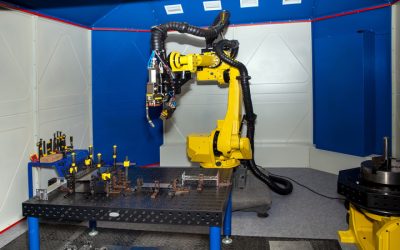Thermal inkjet printing technology stands out in today’s digital world. This method, known for its precision and efficiency, is revolutionizing how we approach printing tasks. It offers unparalleled accuracy in droplet placement, leading to crisp, high-resolution outputs. Its adaptability across different media types, from glossy paper to fabrics, enhances its applicability in various industries. This technology’s rapid development signifies a major shift in printing, moving towards more sustainable, cost-effective solutions.
What Is Thermal Inkjet Printing?
Thermal inkjet printing utilizes heat to propel ink onto a substrate. This process involves heating ink within a print head to create a bubble. As the bubble expands, it forces ink out of the nozzle,
creating a precise dot on the paper or surface. This technology is renowned for its:
• High-speed printing: It offers rapid output, which is essential in high-volume environments.
• Exceptional quality: Produces sharp, clear images and text.
• Versatility: Suitable for various materials, from paper to specialty media.
• Low maintenance: The print heads are easy to clean and replace.
Applications of Thermal Inkjet Printing
The applications of thermal inkjet printing are diverse, ranging from office documents to intricate graphic designs. Key areas include:
• Label printing: Ideal for creating high-quality, durable labels.
• Pharmaceuticals: Used for printing on medicine packaging, ensuring legibility and compliance with regulations.
• Consumer goods: Essential for branding and packaging, providing crisp, vibrant prints.
Advantages Over Other Printing Technologies
Thermal inkjet printing offers several advantages over alternative methods like laser or dot matrix printing. These include:
• Energy efficiency: Consumes less power, making it an eco-friendlier choice.
• Quieter operation: Generates less noise—a significant benefit in office settings.
• Improved reliability: Fewer moving parts mean reduced wear and tear.
Thermal inkjet printing is a dynamic and efficient technology suitable for a wide range of applications. Its combination of speed, quality, and versatility makes it a valuable tool in various industries. As technology evolves, its role in the printing world is set to grow, offering innovative solutions to modern printing challenges.


